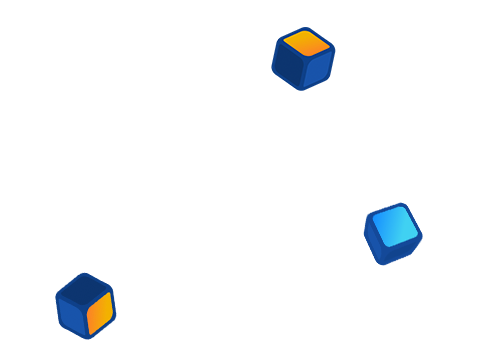Brand-safe, data-driven, and transparent influencer campaigns
Eliminate fraud and guesswork with CreatorIQ.
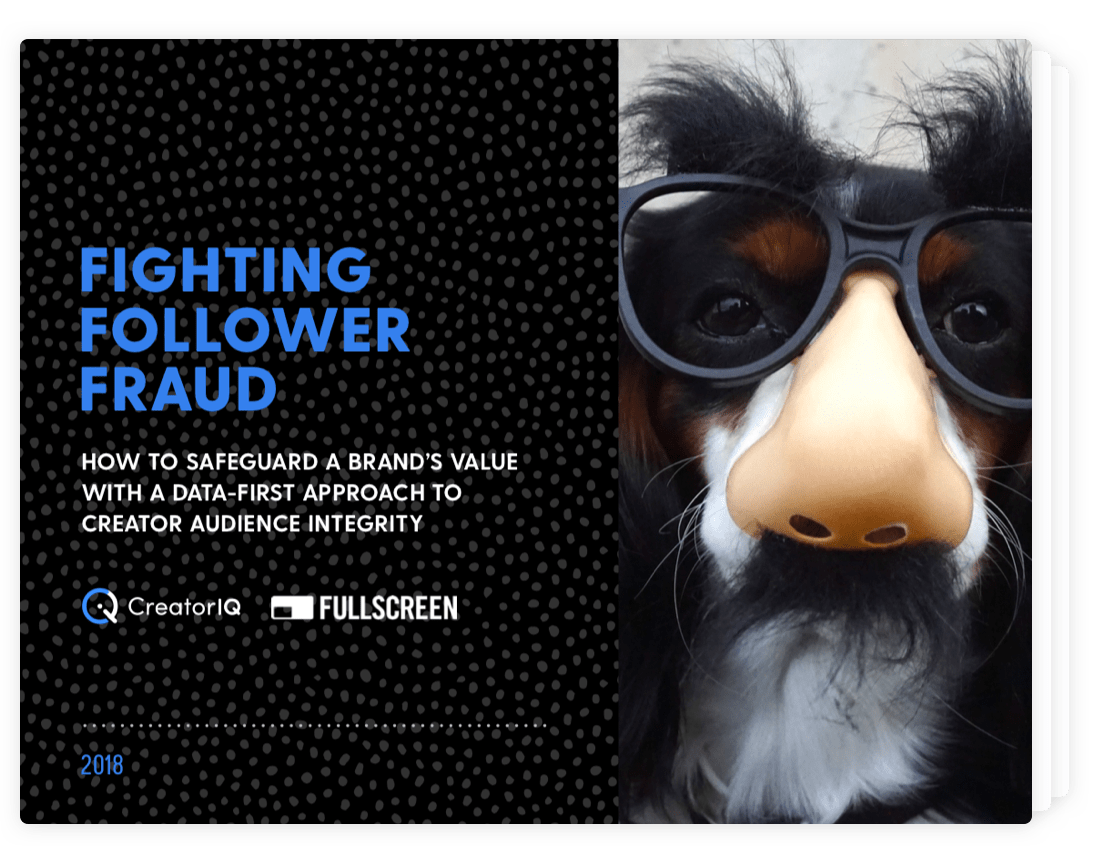
Every successful new media sector deals with some type of fraud as the space matures. Learn how to safeguard a brand’s value with a data-first approach to creator audience integrity.
By submitting this information, you agree to our Privacy Policy and Terms of Service.

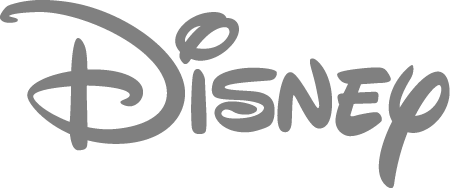

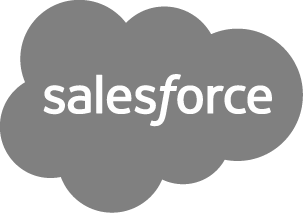
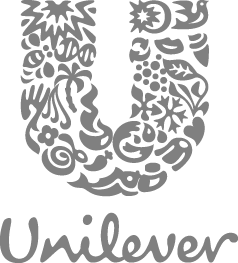


3 Tell Tale Signs of Fraud
Taking a multi-channel, data-first approach is necessary to provide a more conclusive method for evaluating audience integrity. Here, we summarize three key ways of spotting creators with inauthentic activity:
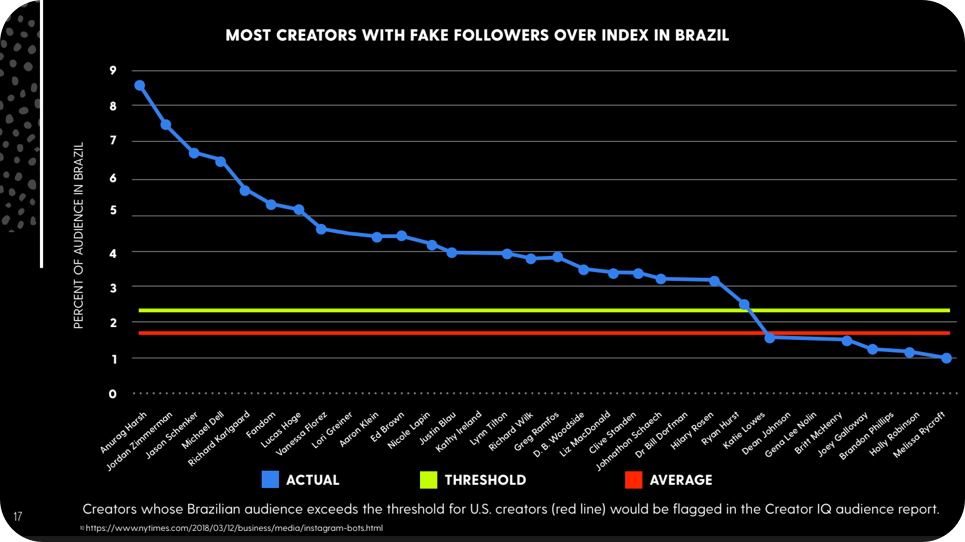
Audience Location Percentage
One obvious flag of follower fraud is when a creator’s audience over-indexes in countries with which they have little association. Brazil for example, is one of the primary global hot spots for follower farms.
Abnormal
Engagement Rate
An inverse relationship between engagement rate and follower count suggests inauthentic, non-engaged followings. However, engagement rate varies by industry and follower size, so it is important to consider industry benchmarks and larger accounts with a natural attrition to engagement rate.

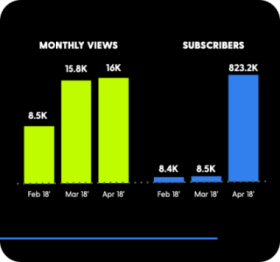
Audience Growth
Spikes in follower acquisition can be warranted, for example, after a publicity event or when a creator’s name goes viral. However, if growth shoots up but engagement remains flat, this can be a good indicator that a creator has purchased fake followers.
